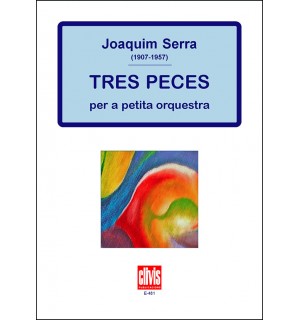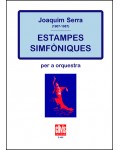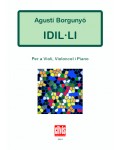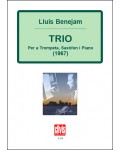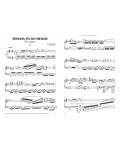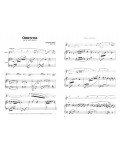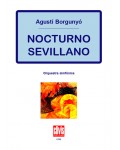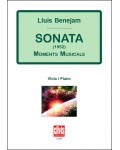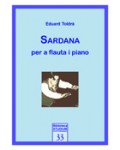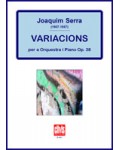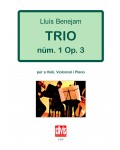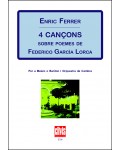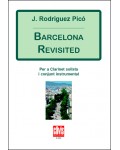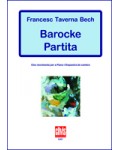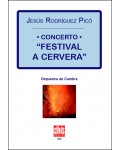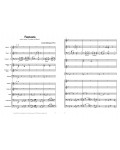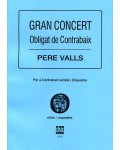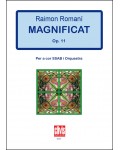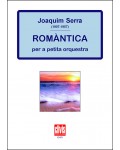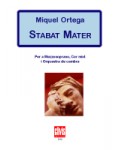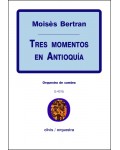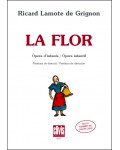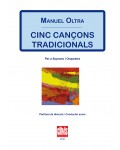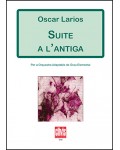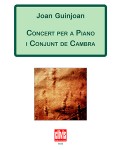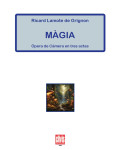
No products
Prices are tax included
Product successfully added to your shopping cart
There are 0 items in your cart. There is 1 item in your cart.
- English
- Castellano
- Català
Tres peces per a petita orquestra
DE481
The first of the Tres peces is called Matinal giving a popular air to the piano arpeggios. The second Cançó de Muntanya has clarinet pastoral improvisations. Finally, the third piece called Scherzo is a playful page structured in fugue style
| Period | 20th c. |
| Subheading / Parts | I.Matinal, II.Cançó a muntanya, III.Scherzo |
| Instruments | 1110-1000-harm.-pno.-str. |
| Pages | 112 |
| Time | 18 min |
| Contents | score |
| ISMN | 979-0-3502-0627-6 |
| Remarks | The parts are available in rent regime. Contact with the publisher (info@clivis.cat). |
| Price of print edition | 31,20€ |
| Orchestras | si |
| Edition | Digital |
At 22, Serra had already composed more than thirty pieces: sardanas (Catalan folk dance), freestyle popular songs and songs accompanied by piano. He also tried chamber music with the Trio en Mi dated 1926 and another piece for orchestra Romantica for piano and small orchestra dated 1928. During 1929 Serra composed two more pieces for small orchestra: Jocs de Jardí (Garden Games) and this suite called Tres peces (Three pieces) which wan a prize in the competition Unión Radio Barcelona the 14th of December of the same year.
This piece is 18 minutes long and was catalogued by the author himself as Opus number 35. It has reduced instrumentation, although it requires piano and harmonium, which do not take up soloist roles but integrate fully in the thickness of the orchestra.
The first of the Tres peces is called Matinal giving a popular air to the piano arpeggios. The second Cançó de Muntanya has clarinet pastoral improvisations contrasting with the orchestral tuttis presented on a melody with marked modal character. Finally, the third piece is a playful page structured in fugue style in which the string trio stands out, giving away the first rhythms: first viola on its own, then the second violin and finally the first violin. In spite of the fugue elements, the music flows naturally with a very marked internal rhythm.
David Puertas

